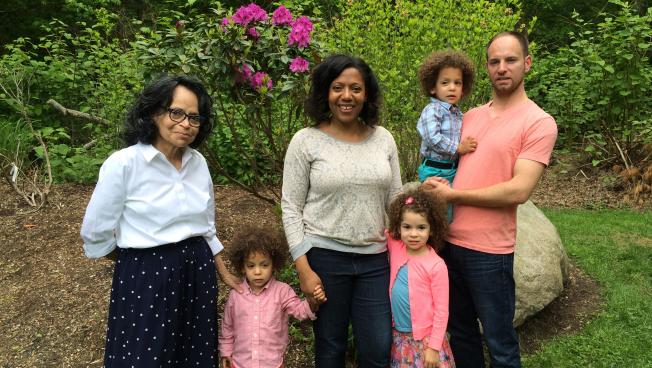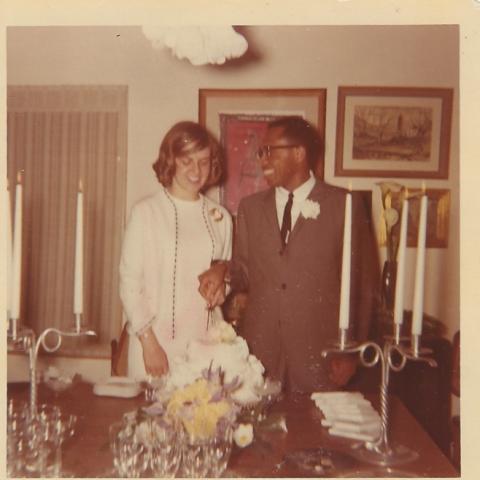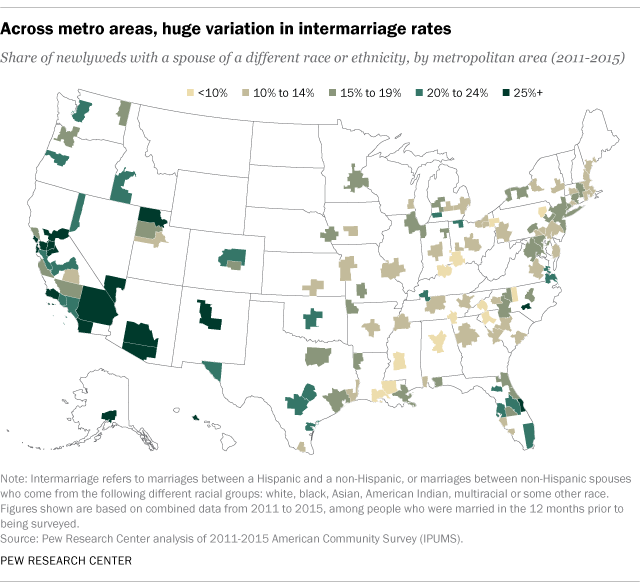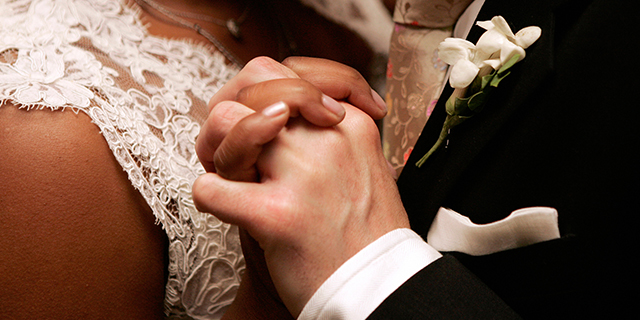The Huffington Post
2017-06-11
Tanya K. Hernández, Professor of Law
Fordham University School of Law
Monday, June 12, 2017 marks the 50th anniversary of the Loving v. Virginia, the Supreme Court decision which invalidated interracial marriage bans in the United States. Recently, the Pew Research Center reported that since the 1967 Loving decision the rate of intermarriage has increased more than five fold, from 3% of newlyweds who were intermarried to 17% in 2015. In recognition of this increase, “Loving Day” annual events celebrate the court decision. Primarily organized by multiracial persons as social events, communities across the nation gather on Loving Day to celebrate the existence of multiracial families. The celebrations are part of a larger campaign to have the federal government create an official Loving Day federal holiday.
No other Supreme Court case, let alone a civil rights case, has its own designated federal holiday. However entire multiracial community websites are dedicated to lobbying the government for a Loving Day holiday. This is because much more is at stake for these activists than commemorating a legal case. Validating mixed-race families and in particular multiracial persons, is the fundamental aim of the Loving Day federal holiday campaign. However, the rhetoric of mixed-race racial distinctiveness used by the campaign has begun to be drawn into judicial questioning of racial integration policies in ways that counter Loving Day celebrations of diversity…
Read the entire article here.









